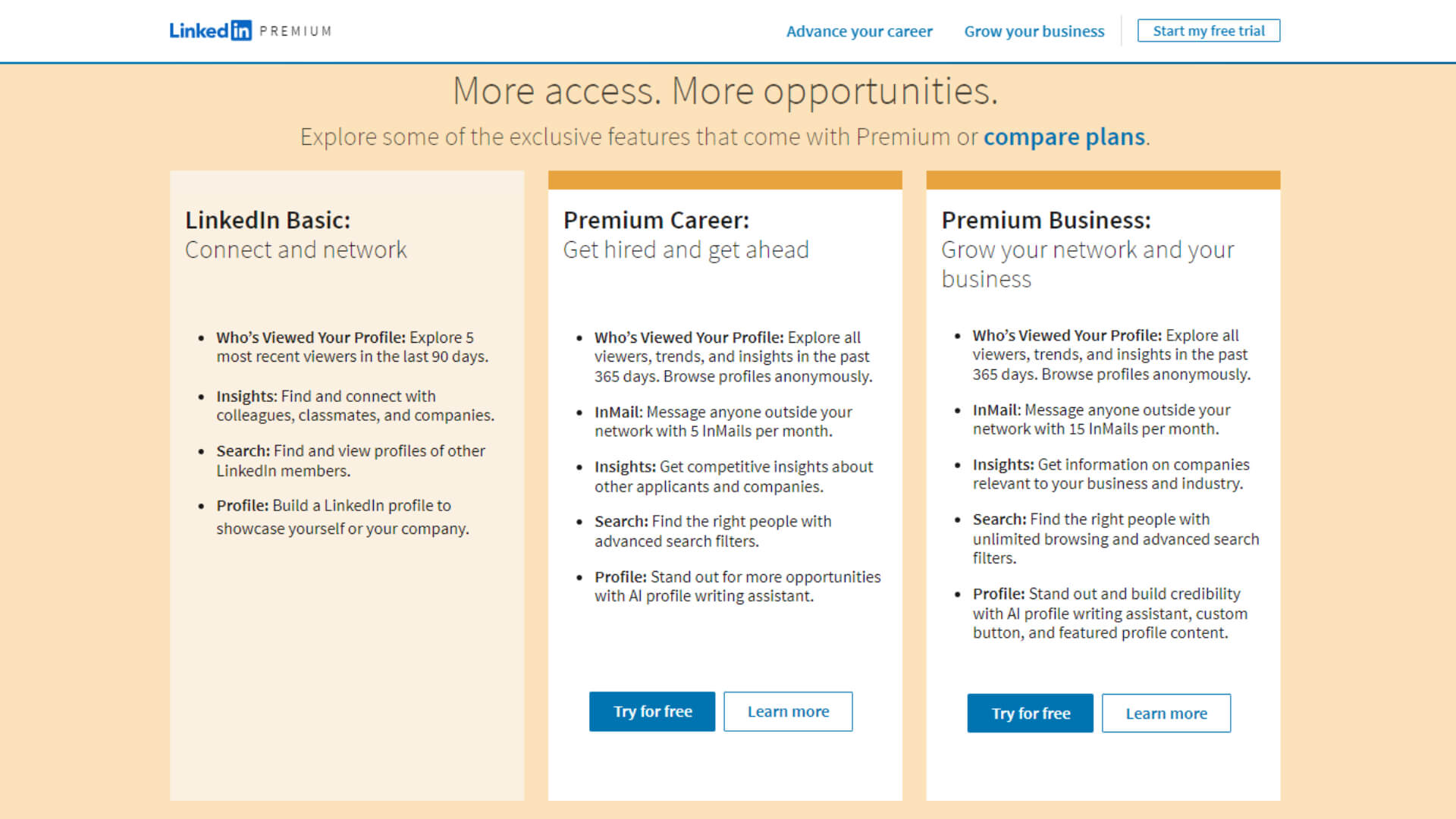
Encouraging prospective clients who have never connected with your business before via email is known as outbound email marketing. In contrast to inbound marketing, which uses SEO and content to generate leads, outbound email marketing takes the initiative. It enables you to connect with potential customers directly and provide them with informative material, exclusive deals, or introductions to your goods and services. Building a targeted email list, producing interesting and tailored content, and monitoring feedback to hone your approach are the first steps towards using it successfully. When implemented effectively, outbound email marketing may increase lead generation, conversion rates, and brand exposure.
What therefore seems so promising about cold calling and outbound prospecting? We will impart our knowledge and elucidate the definition of outbound marketing, along with its primary advantages and distinctions from inbound email marketing, in this piece. Ultimately, you will discover all the insider tips and learn from real examples how to create the ideal outbound email for your marketing campaigns.
What is outbound email marketing?
Among the more conventional types of direct email marketing is outbound email marketing, in which you send unsolicited or "cold" emails to prospective clients.
When potential clients are either totally or partially unfamiliar with your product or service, it is actually comparable to cold calling.
But as a whole, outbound marketing aims to:
· Establish a strong relationship with your target market;
· Increase brand recognition.
The process of outreach entails the following steps: completing outbound prospecting, developing an outbound email marketing plan, and subsequently following up with prospects via cold emails.
Cold emails are an effective tool for contacting possible leads. Even though these cold emails might not be requested, the secret to successful outbound marketing is to be persistent, patient, and prepared to test, adjust, and improve your strategy as you go.
What are the benefits of outbound email marketing?
A few advantages to consider are:
· Expanding your reach (more exposure equals more potential conversions), achieving quick results (timely outreach prompts prompt action from your lead), and strategic targeting (focusing on a particular audience and their issues results in a higher response rate).
· You can always employ digital marketing, with all of its interdependent components like social media, SEO, and content marketing, to build brand awareness.
· You can use these effective tactics to spread the word about your product or service, but what about outbound email marketing?
Benefits of inbound email marketing
· Prospective clients who are interested; long-term results; lead nurturing; increased engagement leading to stronger bonds with your target audience; and cost-effectiveness
You have to wait for qualified prospects to become engrossed in your content while using inbound marketing.
· Because it aligns with both your ICP and the pain areas of the target audience, the content has been strategically positioned to grab their attention.
· However, leads can also completely match your ideal customer profile (ICP) when it comes to qualified prospects for outbound marketing.
· Using both inbound and outbound marketing for lead generation can greatly assist your sales and marketing operations, as a qualified prospect enters the sales pipeline through outbound prospecting activities.
Last but not least, lead management is used in both outbound and inbound marketing, although the procedures and the labels we give each phase vary. Because of this, a CRM such as Hubspot is used by a variety of companies and B2B email marketing agencies to assist them in managing leads and recording contacts with potential customers.
The best ways to send out emails for marketing purposes
1. Creating attention-grabbing headlines
Our experience has shown that the pre-header text and the subject line of your outbound sales email may make or break the message. They are able to ascertain whether your potential customer reads, discards, or flags your email as spam. Make sure you have a solid understanding of your target market and regularly A/B test your content. How are we aware? We put it to the test.
Our conclusion was that personalization is the best formula. initial of all, this entails adding the lead's initial name or the name of the business to the subject line. Secondly, to get their attention right away, you can bring up their online behavior or a mutual link. Give it a try, and you'll see benefits right away.
2. Sending brief emails
Our extensive testing of both shorter and longer email content has allowed us to identify a behavioral pattern: your prospects make a number of snap decisions when they view an email. They choose to open the email if the subject line grabs their attention first.
As soon as your prospect reads the email body, they make their second decision. We decided that, even in cases where the content of the email is relevant, a prospect may choose not to read it if it seemed excessively lengthy. We think it's vital that your material be clear and succinct because of this.
3. Personalized intro
Make at least an attempt to personalize the introduction if you are reaching out to someone in an outbound manner. This entails letting the prospect know more about you personally than just their name and demonstrating to them how thoroughly you've done your homework.
4. Definite Goal
Make sure to explicitly state your purpose in the email copy! Your prospect must immediately grasp your intentions. Naturally, being obvious does not equate to being overt, so strike a delicate balance.
5. CTA
As they say, the last thing a potential customer reads and the first thing they do should be a strong call to action. As a result, be careful to write your CTA in a straightforward but unimposing way.
6. Considerations for timing and frequency
People had outbound email marketing in mind when they declared that timing is crucial. Therefore, timing your email sends can have an impact on conversion rates. The frequency of sending each follow-up email is another crucial consideration since it might prevent you from landing in the spam folder of your lead. A single follow-up may boost the reply rate from 9% to 13%, according to research. In addition, allow a minimum of three to five business days to pass between follow-ups.
7. Making sure it's mobile-friendly
Given that mobile devices account for 41% of email views, it is reasonable to assume that your email should be optimized for mobile in order to maximize mobile open rates. Keep the pre-header text (85 characters) and subject line (35 characters) of your cold email within the allotted character count to maximize its effectiveness. Additionally, you should use a single column layout and left-align the email copy. Since most email campaigns aren't mobile-friendly, be sure to take advantage of this knowledge!
Bonus advice: Before sending out an email, make sure the layout and images look as intended by testing it on a mobile device.
Executing your outbound email strategy
The implementation of every campaign is the same, regardless of whether you're sending a welcome, newsletter, or promotional email. Applying an outbound email approach, however, is a little different because of the campaign's chilly tone. The way you speak and how you go about things are different. However, this is how the majority of strategy outlines appear:
1. Select an email list that is pertinent to your target audience.
2. Create your signature (image, pattern, etc.)
3. Add personality to your email (via the subject line, pertinent information, and voice).
4. Make follow-ups in the event that the lead does not reply right away.
This is regarded as the cornerstone of every email marketing plan. But as we've already mentioned, there's more to it than that. Before and after the campaign launches, there are a few things to consider when putting an outbound email plan into practice. Take into account the following useful advice before to commencing your campaign:
• Use a real person to send emails to increase open and response rates.
• Comply with the GDPR and email legislation to prevent your email accounts from being banned or subject to spam filters.
• Use the Image & GIF personalization option to hyper-personalize your outreach in order to increase the response rate of your emails.
It is crucial to remember that you must keep working on enhancing and perfecting your cold email campaign once you begin it. Here's when A/B testing becomes useful. Use QA, A/B testing, and spam testing consistently throughout the campaign because they actually result in a 28% better return on investment.
Using automation in outbound email marketing
Running a profitable outbound marketing campaign requires a lot of hard labor. What happens, though, if you go to marketing automation? You can free up hours of manual labor by using outbound email automation software, allowing you to concentrate on other aspects of your outbound campaign.
Other benefits of marketing automation include the following:
· Quicker outreach to yield quicker outcomes
· Outbound prospecting that is automated (using the email discovery feature)
· Improved lead behavior, analytics, and content success tracking
Furthermore, top-notch automated outreach systems come equipped with every functionality needed to facilitate an effective outbound email campaign, including:
· A/B testing content copy; email discovery; inbox integration; hyper-personalization; and using alternative channels of contact (in addition to email).
· How to gauge the effectiveness of your outbound emails
· After launching hundreds of emails ourselves, we've discovered that your hard work doesn't cease when your campaign goes live. Actually, this is when the hard work starts. This is something we can't emphasize enough! Following the launch of an outbound campaign, tracking and analyzing email analytics becomes crucial.
Key metrics
· Open rates: One of the most crucial data points in email marketing is this one. It displays the typical amount of emails from your campaign that are opened. Take into account your open rate numbers while evaluating the impact of sender names, pre-header text, and subject lines.
· Click-through rate: This indicator counts how many times your potential customers clicked on any links or call-to-actions in your email. When assessing email engagement, click-through rate is crucial.
· Conversion rate: This measure shows how many recipients of your particular email or campaign overall converted, or carried out the desired action. It establishes your campaign's overall success.
· Bounce rate: This indicates the proportion of contacts that "bounced," or did not receive, your email. This typically occurs when an email address is stale, bogus, or non-operational. Verify the legitimacy of your email addresses or utilize tools that facilitate email discovery and verification to prevent having a high bounce rate and staying out of trouble with your email service provider. Your bounce rate will be much reduced because you'll only receive authenticated emails.
· Spam complaints: This statistic indicates the frequency with which your email was reported as spam. Unsolicited emails, subject lines that appear spammy, and unrelated content can all lead to spam complaints.
· Unsubscribes: This statistic is designed to display the quantity of individuals who have removed themselves from your email list. One of two reasons could be causing your high unsubscribe rate: either your audience isn't interested in the material, or the prospects you are reaching out to aren't receiving your emails.
Finally, you should modify and improve your outbound email marketing efforts on a continual basis by utilizing your analytics. Here, numbers are your friends and can greatly contribute to the success of your campaign as a whole.
FAQs
1. Which three benefits come with outbound marketing?
While outbound marketing allows you to reach a larger audience, strategic targeting also helps you focus in on potential customers, identify a market niche, and improve your performance. Finally, if you reach out to prospects at the appropriate time and with the appropriate call to action, you can see faster results from your outreach.
2. In order to enhance next tactics, how can the effectiveness of outbound email campaigns be measured and optimized?
Metrics like open rates, click-through rates, and conversion rates are important to track and improve while running outbound email campaigns. To improve your strategy using data-driven insights, test different versions of your content, subject lines, and send times using A/B testing.
3. Is outbound marketing using cold emails?
Indeed. The cornerstone of outbound marketing is cold emailing. When carried out correctly, it may promote your brand or increase website traffic. One of the most effective outbound marketing channels is this one since it can even serve as a lead magnet.
4. Are there particular instances where lead conversion rates or business growth have been greatly impacted by outbound email marketing?
Through increasing brand recognition and converting leads into customers, outbound email marketing may have a big impact on business growth. Particular case studies show that using tailored and targeted email methods increases lead conversion rates and ROI.
5. What are the most typical obstacles that companies encounter when launching an outbound email marketing campaign, and how may these obstacles be successfully overcome?
Creating compelling content, preserving GDPR compliance, and guaranteeing good deliverability are
common issues in outbound email marketing. Using dependable email marketing tools, keeping abreast of email regulations, and regularly testing and tweaking email content tactics are all necessary to meet these obstacles.
6. What are the benefits and drawbacks of direct marketing?
There are several drawbacks to outbound marketing, even while it might help you focus your niche and reach a larger number of prospects through emails. Cold outreach may harm your reputation because recipients of unsolicited emails are unlikely to believe them. Furthermore, the cost of outbound marketing varies based on the scope of the outreach and the type of instrument utilized.






